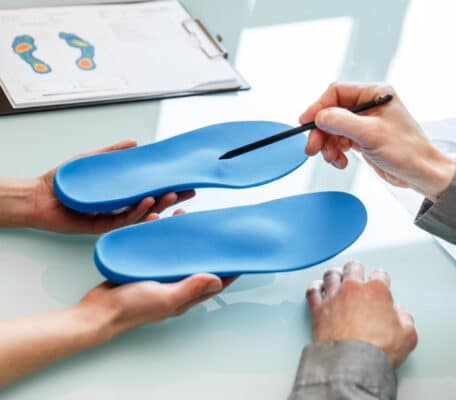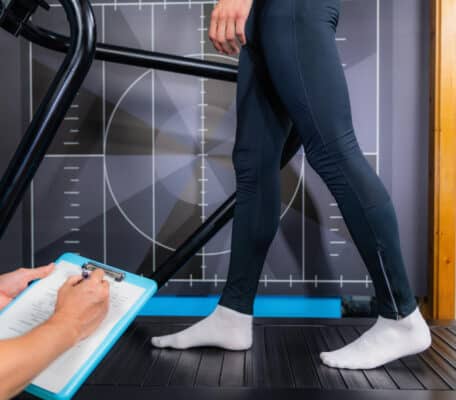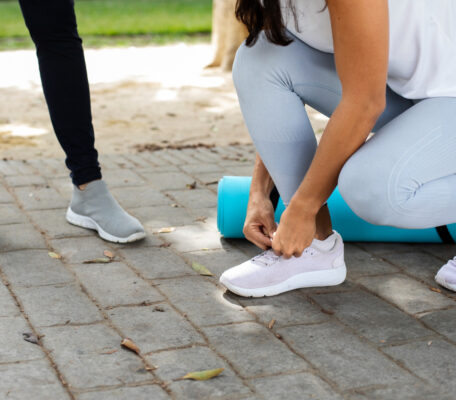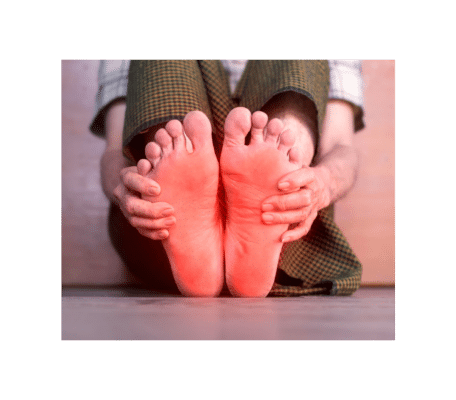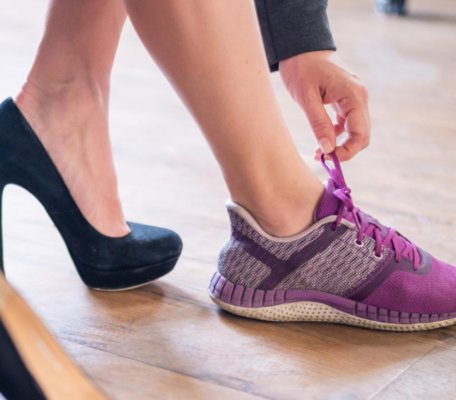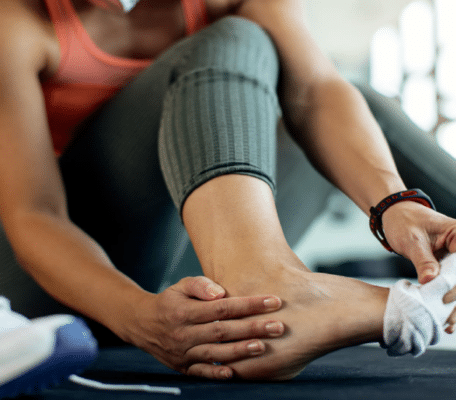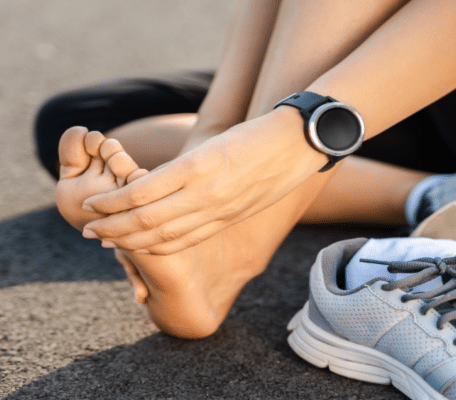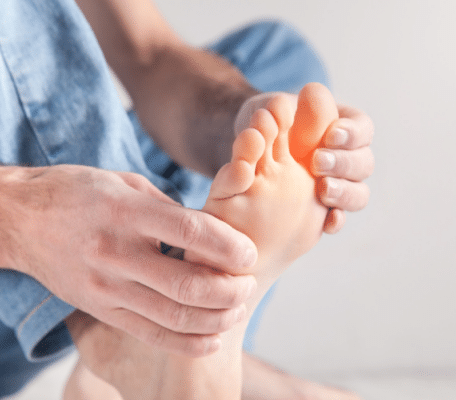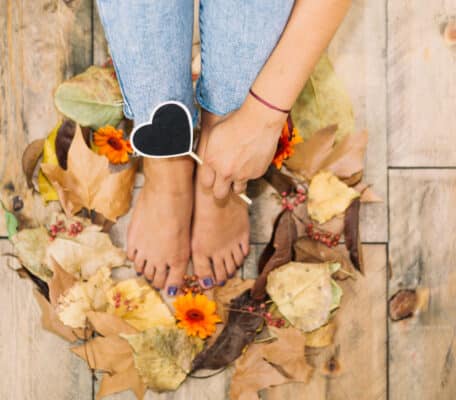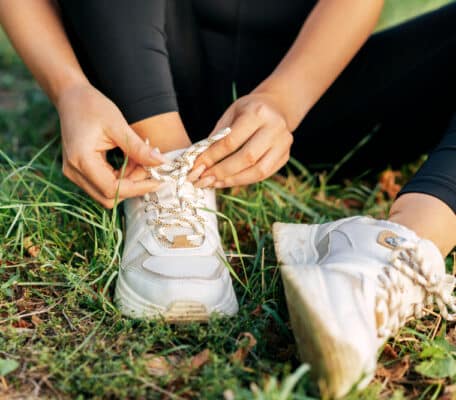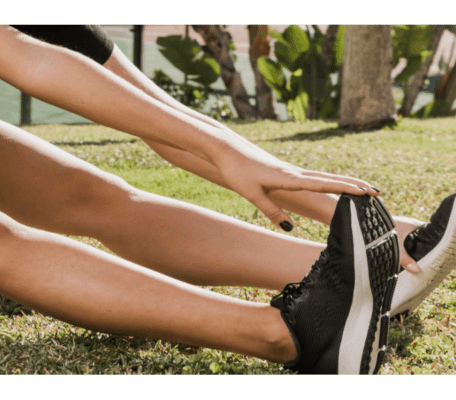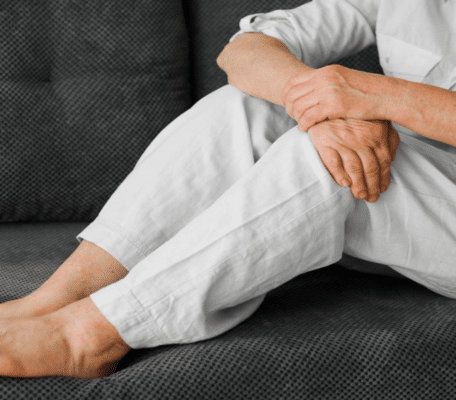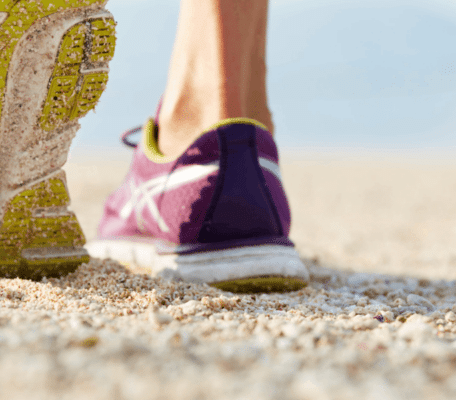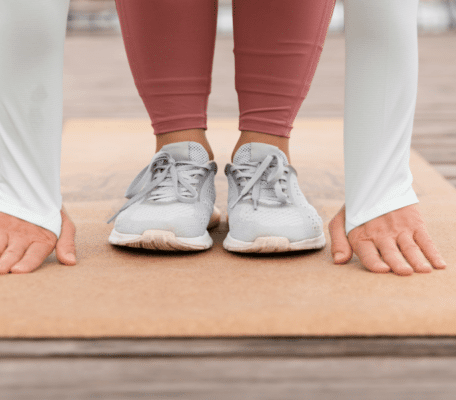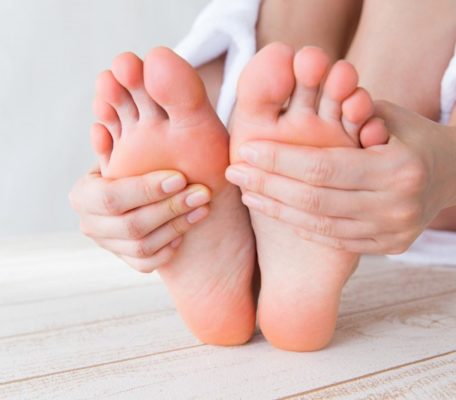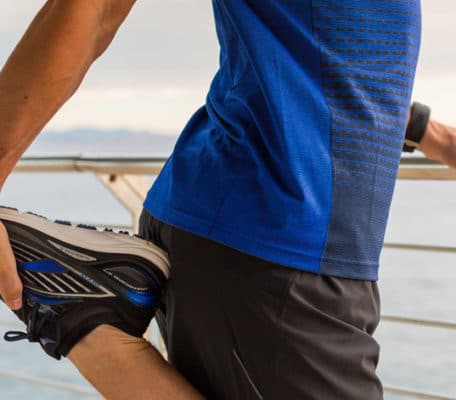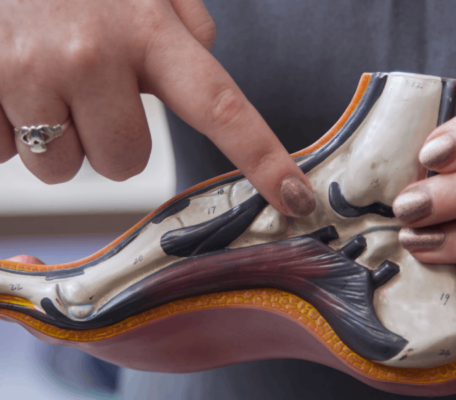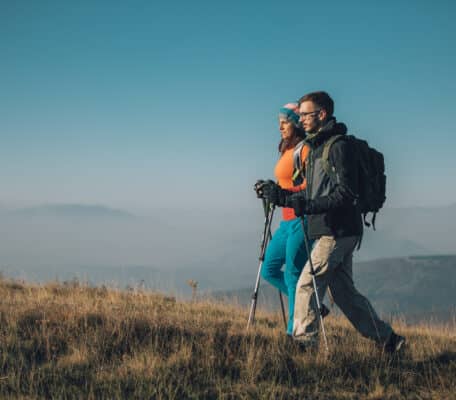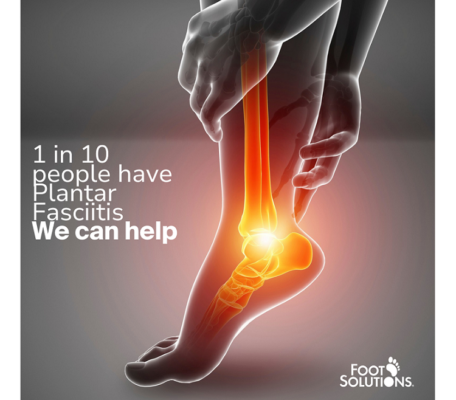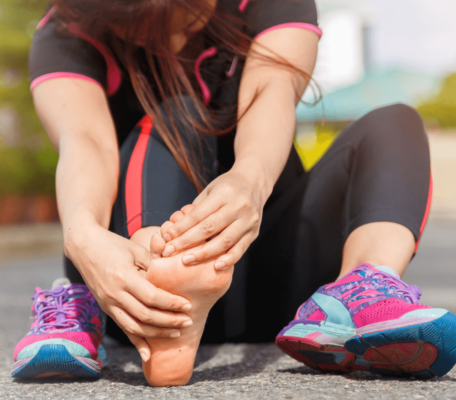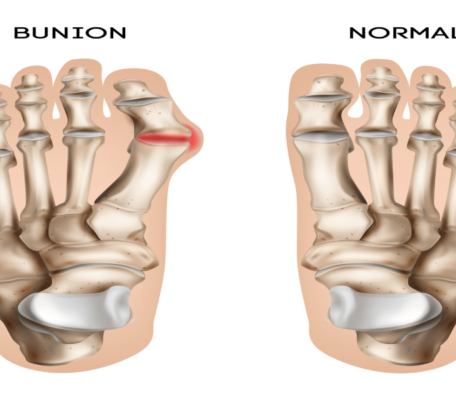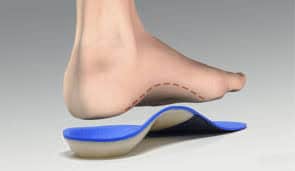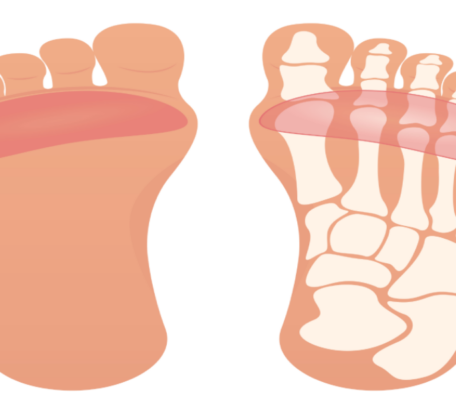There are a few different types of toe problems that can make it uncomfortable to spend very much time on your feet. If you have a toe problem, then you may need to give your feet a little bit of special care to keep them comfy. In general, there are a few things that you can do to keep your toes in top-top shape.
- Wash your feet daily. Sweat breeds bacteria, so wash your feet with soap and water and dry them thoroughly. This will help to prevent fungus like Athlete’s Foot.
- Keep your toenails clean and trimmed. If your toenails extend beyond the tip of your toe, they can rub against the edge of your shoe. This can encourage the development of ingrown toenails. Trimming the toenails straight across, not at an angle, will also help to prevent ingrown toenails.
- Wear footwear that is weather-appropriate. When it is hot outside, your feet need to breathe, so choose ventilated shoes or supportive sandals. When it is cold outside, stick with shoes that are waterproof and warm so that your feet stay warm and dry.
Types of Toe Problems
Hammer Toe and Mallet Toe
Hammer toe is a toe problem that often affects women who frequently wear high-heeled or narrow shoes. These types of shoes tend to put pressure on the toes and shove them toward the front of the shoe, which forces the middle joint of the toes to curl into an unnatural position. You are also more prone to developing hammer toe if you have previously fractured a toe or if you have nerve damage in your toes. This condition can also occur in the top joint of the toes (nearest the toenail), in which case it is called mallet toe.
If you have hammer toe or mallet toe, there will be a visible bend in the joint of the toe. At first, the toes may only appear curled when you first take off your shoes. Over time, though, that curled position can become permanent. The toes that are affected may be painful. Hammer toe and mallet toe can also lead to the development of corns or calluses, because the affected toes tend to rub against the inside of the shoes.
Women are more likely to develop hammer toe than men, and a woman’s risk of developing hammer toe increases with age. You are also at a greater risk of developing hammer toe if your second toe is longer than your big toe.
If you suspect that you have hammer toe, you should see your doctor. The doctor will perform an exam and may also order x-rays. If you have hammer toe, you should right away switch to wearing shoes that are roomier and more comfortable. Your doctor might also recommend that you wear orthotic devices in your shoes. You can stretch and strengthen your toes by doing some home exercises. Try picking a towel or marbles up off the floor using only your toes.
Bunions and Bunionettes
A bunion is an abnormal growth of bone on the toe. A bunion occurs near the base of the big toe, at the joint. Bunions can also develop on the small toe, in which case they are known as bunionettes.
A bunion tends to make the big toe appear crooked, like it is pointing toward the smaller toes. Bunions usually develop as the result of the big toe being crowded. Narrow shoes can squeeze the toes, bending the joint of the big toe in the wrong direction. This position actually makes the joint become enlarged, which exacerbates the problem and creates further crowding of the smaller toes.
A bunion looks like a lump on the side of the big toe. The skin may be red and calloused. Bunions can be fairly painful, particularly when a person is wearing shoes or being active. Removing the shoes and resting the foot typically relieves the pain. In some cases, though, the pain may become chronic, particularly if a person has complicating factors, such as arthritis.
If you suspect that you have a bunion, you should see your doctor. The doctor will examine you and possibly order x-rays. You should stop wearing narrow shoes or high heels right away. Switch to roomy, comfortable, and supportive shoes. Your doctor may advise you to wear orthotic devices with your shoes, as well.
Call to a Foot Solutions store near you today. They will assess your feet & gait and can provide you with shoes that will fit comfortably around your hammer toes/bunions from Day 1. They can also make custom arch supports if necessary, for additional support.

